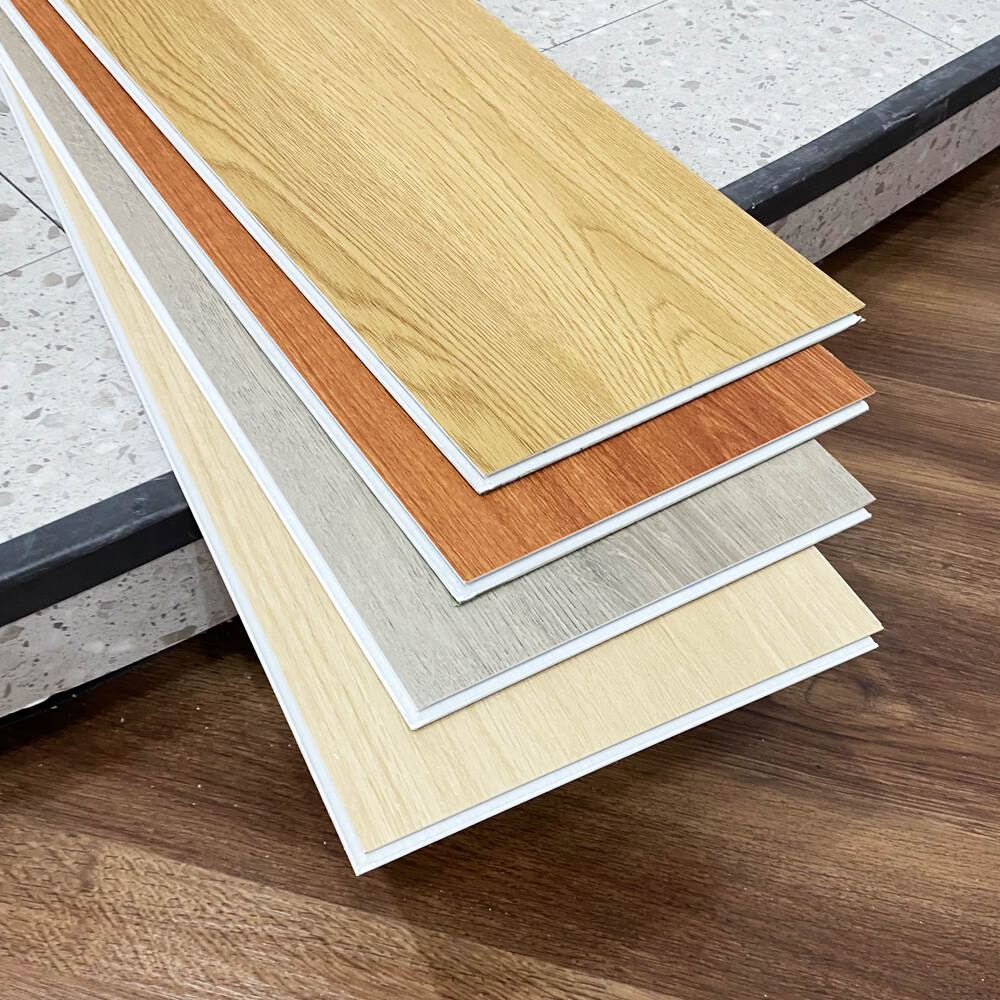The fire resistance performance of PVC flooring is the single most critical specification for any commercial build. When you choose PVC for offices, hotels, schools, or retail chains, you’re not just selecting a surface—you’re investing in life safety, code compliance, and long-term cost control.
1. How Fire-Resistant PVC Is Engineered
-
Halogen-Free Formulations
New phosphorus–nitrogen synergists decompose endothermically at 250 °C, releasing non-flammable gases to dilute oxygen. ATH and magnesium hydroxide cut peak heat-release by 65 %.
-
Multi-Layer Construction
A 0.3–0.5 mm wear-layer co-extruded with flame retardants achieves B-s1-d0 under EN 13501-1, while a high-density core (>1 800 kg/m³) limits flame spread to <100 mm in ISO 9239-1.
2. Certification & Testing Standards
| Test |
Pass Criteria for B2B Use |
| EN 13501-1 |
≥ B-s1-d0 for offices & schools |
| ASTM E648 |
≥ 0.45 W/cm² for corridors |
| NFPA 286 |
Flame spread ≤ 3 ft at 10 min |
| IMO FTPC Part 5 |
Class 0 for hospitality |
Always request the full test-report package plus FloorScore and slip data.
3. Selecting the Right Fire-Rated PVC
4. Installation & Maintenance
-
Subfloor moisture ≤ 2.5 % CM prevents delamination gaps.
-
Use solvent-free fire-rated adhesives (EN 13501-1 Class A/B).
-
Annual IR scans (<0.05 °C delta) catch hidden hotspots.
5. ROI & Insurance
6. Case Study
50 000 m² Shanghai office tower needed B-s1-d0 in 28 days. 0.5 mm wear-layer PVC with ATH additive met LEED Gold and saved ¥280 k in delay penalties.
Conclusion
Specifying the fire resistance performance of PVC flooring is a strategic investment in safety, reputation, and savings. Contact our fire-safety engineers for project-specific datasheets and sample kits.

